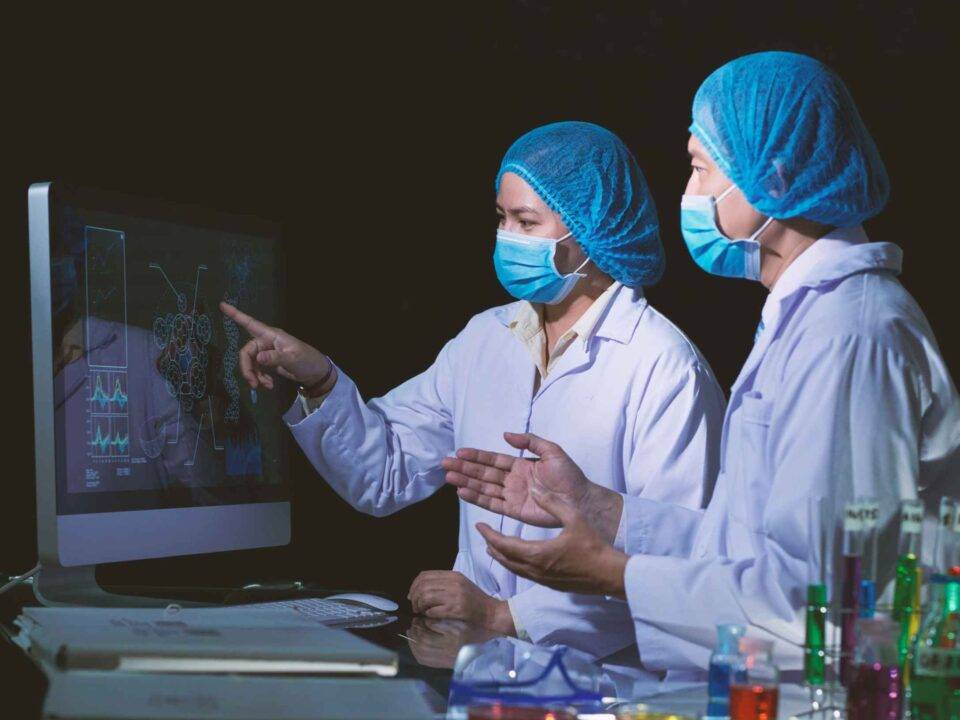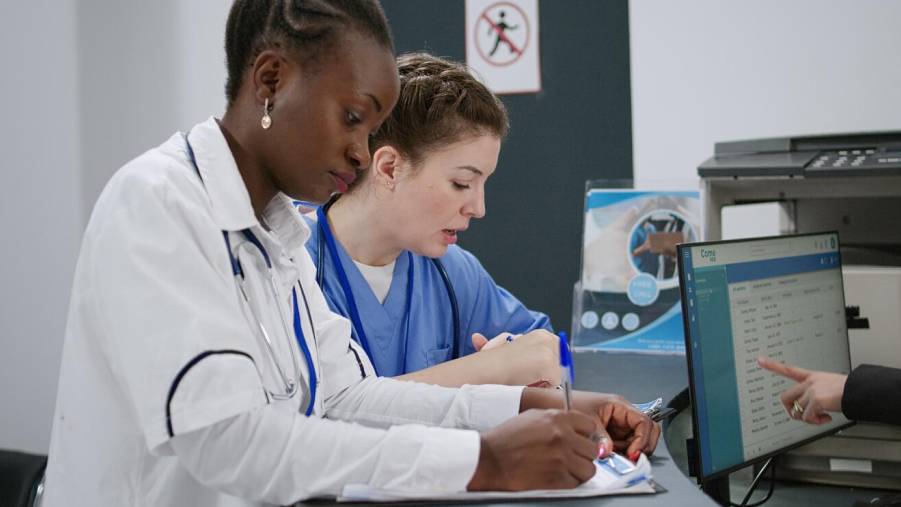
Pharmaceutical companies utilize pharmacovigilance techniques and procedures to make sure the products in their portfolio meet the necessary safety requirements. PV is the practice of monitoring a drug’s outcomes after discovering unreported adverse effects.
This can help pharmaceutical firms get innovative insights from safety data to reduce PV costs, improve the efficacy of their products, and discover novel treatment options like the three-point seatbelt, which may be beneficial to their company, the pharma sector, and society.
The pharmaceutical industry’s top concerns are the efficacy of its products and the security of its customers. Several businesses are advancing PV by making modest investments in process automation.
Automation could be used for case processing and signaling.
- Multiple markets and industry trends are putting current PV systems and processes to the test, forcing some pharmaceutical organizations to consider more efficient and cost-effective ways to gather trustworthy safety data and high-quality information.
- Some survey respondents claimed to be using automation to reduce the cost of case processing and improve signaling.
Case processing
- The primary goal is to lower the expense of case processing. The cost of PV varies depending on the processing of each case. Additionally, there are more cases every year. Some manufacturers are actively exploring automation of case processing while using scale and outsourcing. For each case safety report, automation may result in annual cost savings.
- To increase patient safety, maintain compliance, and achieve cost control over case processing, a corporation must be able to automate more of these operations.
- Automation investments have a considerable positive impact on case processing teams’ productivity. Productivity boosters are native automation and “bolt-on” solutions that can lessen the work needed to run duplicate checks, speed up coding tasks, and expedite narrative authoring.
- The capacity to automate complete case-processing processes, however, is restricted. Even for relatively basic instances, end-to-end case automation is still a long way from being a practical production capability.
- Short-term signaling investments are anticipated to concentrate on visualization, and longer-term efforts are linked to data integration as well as tool and process enhancements as pharmaceutical companies work toward genuine safety management.
- Due to limitations in the signal detection and management systems currently in use, safety information to tie back into the discovery process is still lacking. The ability to detect signals is improved by higher data consistency and quality. Predictive signaling is the ultimate objective.
Automation action
The study will also demonstrate that even bigger gains are feasible by developing the technology and analytics necessary to build a PV system that focuses on benefit-risk management and proactive monitoring over the whole product lifecycle. This strategy will be advantageous to pharmaceutical firms, the life sciences sector, and society at large, like the three-point seatbelt.
The development of a future PV system to increase patient safety
- PV budgets for biopharma firms must include funds for automation, cognitive technologies, and analytic tools to lower case processing costs, enhance signal processing capabilities, and speed up product safety reports.
- It is possible to build a true, evidence-based hub for safety intelligence throughout the whole product life cycle and to fully understand the benefits and risks of a product by adopting a proactive, patient-centered mindset. Several internal PV groups access safety information from external sources.
- The function of signaling is to implement a modular learning loop system that makes use of automation and cognitive processing to employ continuous learning to help limit risk and increase compliance.
- Systems should be equipped with cognitive case processing capabilities that automate data collection and processing to greatly increase the efficiency and calibre of the AE life cycle.
- For analysts to perform validation and assessment tasks, collect results, and mark signals without leaving the system, signal detection, evaluation, and management that consolidate and streamline processes and systems are needed. As a result, signal handling is more precise and better.
- Safety metrics that make use of current safety data, fresh real-world sources, supervised and unsupervised machine learning, detection, assessment, and prevention of safety-related problems while revealing advantages that can enhance patient outcomes.
PV System to Increase Patient Security
PV operations will change because of the adoption of advanced learning, which will improve decision-making through expanded data cohorts and cognitive innovation.
Cognitive case processing insights enable intelligent, efficient signaling and aggregate reporting.
- Enhancements to case quality and compliance
- Targeted human reviews by bright and perceptive individuals that increase insights and expertise
- Increased value-based resource allocation
Case processing and signaling automation are influenced by the lessons learned from the case series evaluations.
- It produces aggregated report content automatically, with analysis and benefit-risk insights.
- Automation, uniform analysis, and evaluation of safety results are made possible by a single data universe.
- Aggregate reporting becomes a process under the direction of professional review.
Utilizing the knowledge and insights acquired from signaling detections and reviews, case processing and aggregate reporting are automated.
- Encourage automation and intelligence in the signal management process.
- Review and judge signals automatically based on patterns and trends and offer benefits and risks proactively to the scientists.
- Make use of other data sources, including clinical safety.
Sollers College provides professionals who wish to follow training regarding a career path in pharmacovigilance.
You may close the skills gap between these attractive occupations and what potential candidates are looking for.
Every career has a path and, nowadays, benefits from additional help.



